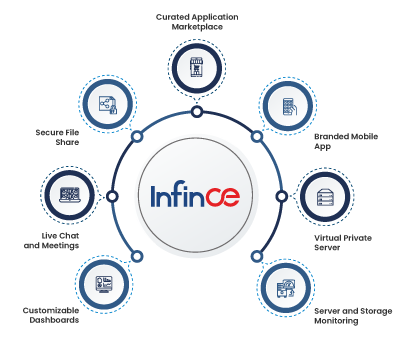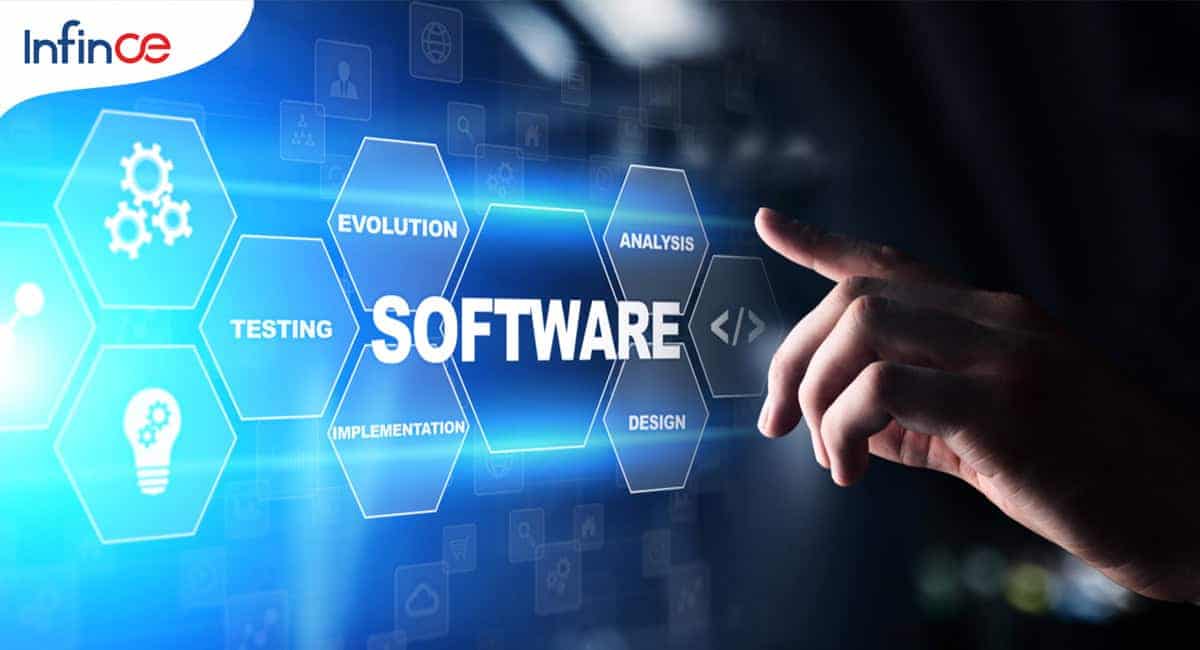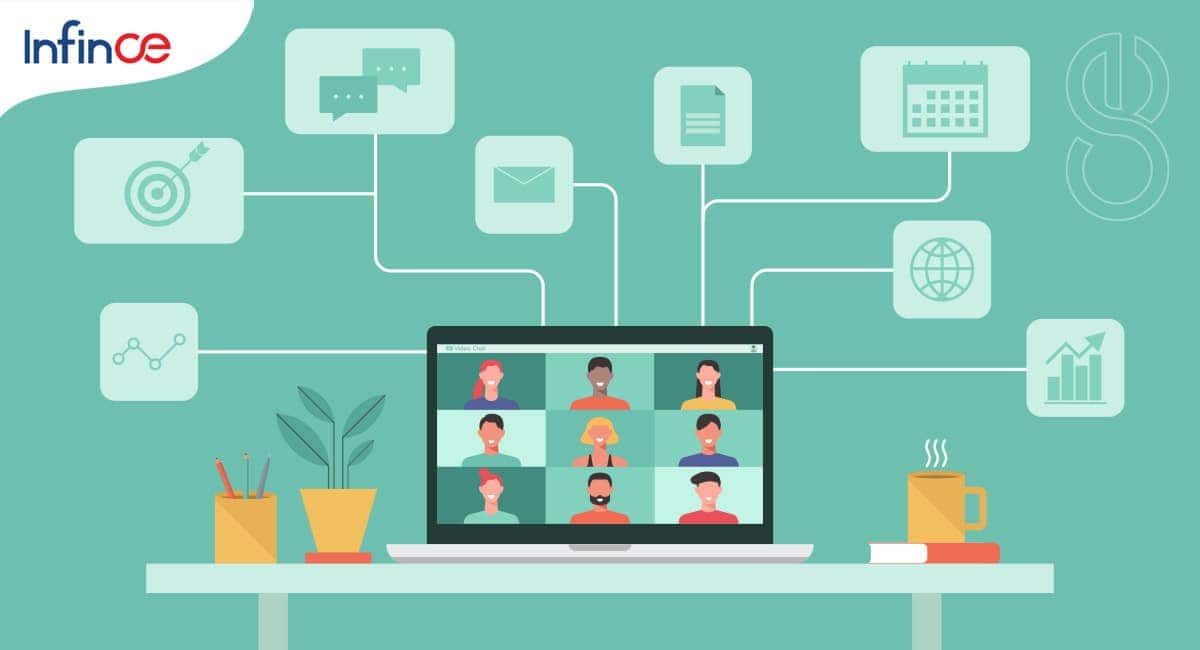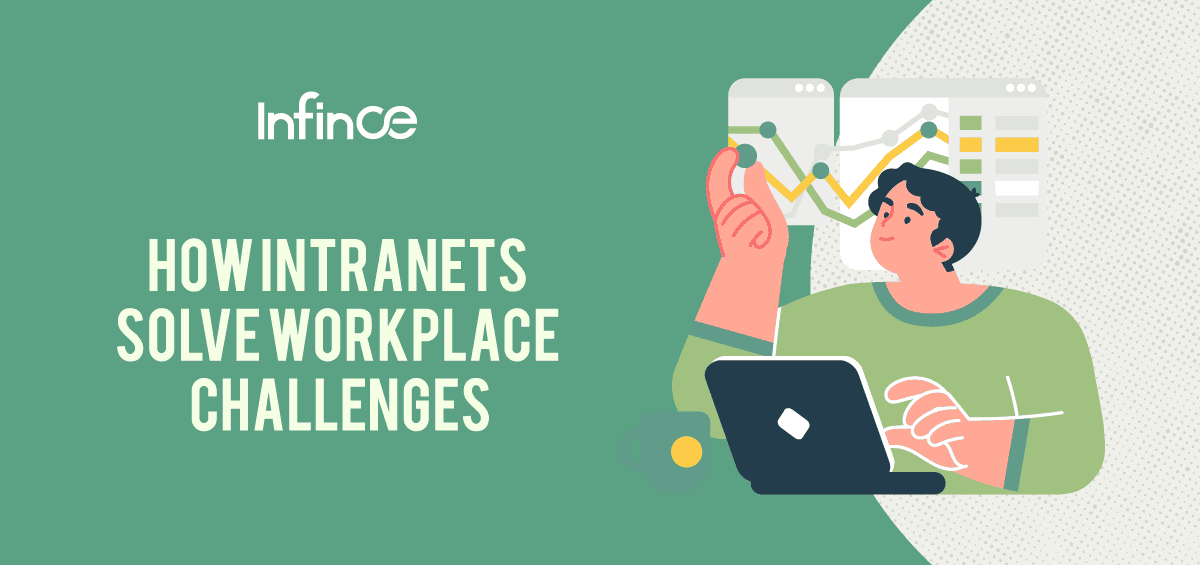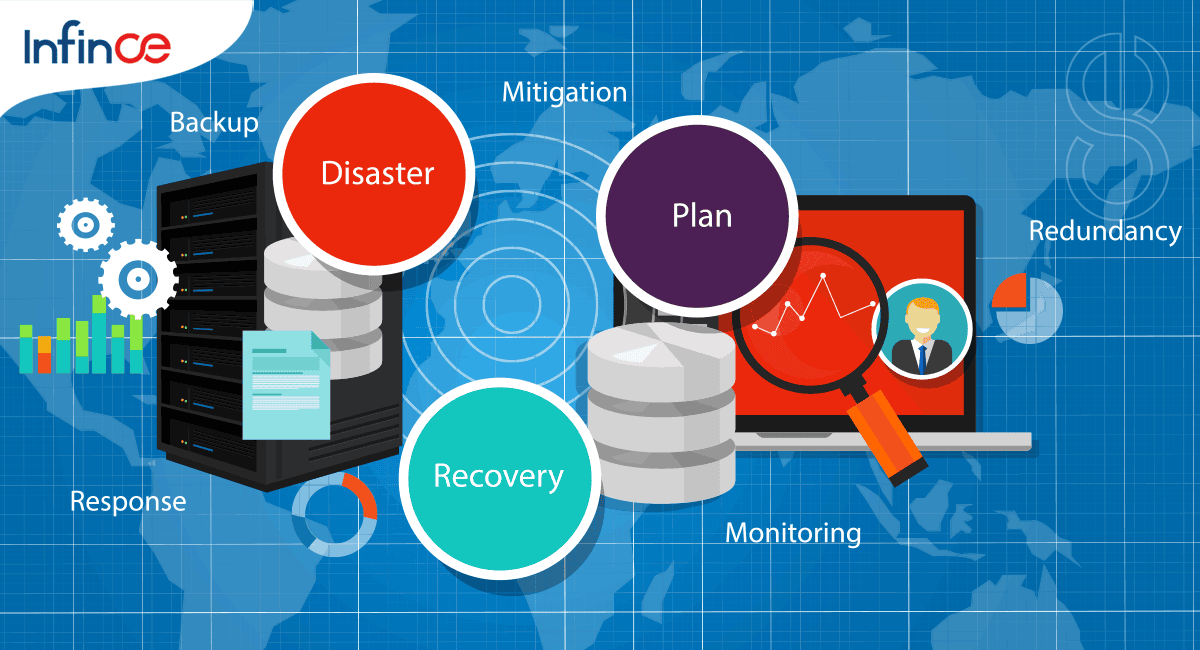While 2023 unfolded as a significant year for several global businesses, with them coming to terms with the adoption of hybrid workplace models, back-to-work scenarios, and completely remote modes of work, it is clear that the intranet landscape has evolved extensively, too. Keeping pace with the changes and its dynamic trends is vital for businesses of all sizes to optimize their intranet strategies.
As the nerve center of internal communication and collaboration within an organization, intranets double up as centralized hubs, enabling information sharing, project management, and team collaboration. Equipped to offer an array of features such as document management, discussion boards, calendars, and more, they enhance productivity, efficiency, and, ultimately, the company’s bottom line. Themes such as personalization, gamification, and robust technology adoption have been doing the rounds even as we see both small and large organizations rushing to stay atop these intranet trends in order to stay relevant and future-proof their operating models.
Let’s delve into the upcoming trends that will shape intranet strategies in the year 2024.
1. Personalization and Employee Experience
Personalization is the key to future intranets. Tailoring the intranet experience to individual employee preferences and roles ensures a more engaging and productive work environment. Social feeds and user-centric designs play pivotal roles in enhancing this personalized experience, making the intranet a go-to platform for employees. A Gartner study points to how personalized intranet experiences have the potential to increase employee engagement by up to 34%. A McKinsey & Company report from 2022 highlights that engaged employees are 20-25% more productive than their disengaged counterparts.
These statistics underscore the critical role of personalization in enhancing employee engagement, collaboration, and overall intranet effectiveness. In 2024, integrating personalization into intranet systems is not just a trend; it’s a strategic imperative for a thriving, motivated workforce.
2. Integration with Collaboration Tools
According to a study by International Data Corporation (IDC), businesses leveraging integrated collaboration tools and intranets witness a 30% reduction in project time. In 2024, this trend not only optimizes work processes but also fosters a cohesive and collaborative work culture. Embracing this integration is pivotal for organizations seeking to harness the power of collaboration tools within their intranet ecosystems, ultimately driving organizational success. Seamless integration of intranets with popular collaboration tools allows employees to access collaboration tools within the intranet environment, simplifying workflows and boosting efficiency. It’s a step towards a unified digital workplace.
3. Mobile-Friendly Intranets
Gartner forecasts that by 2025, nearly 80% of work will be done on a mobile device. Ensuring mobile accessibility for intranet systems is no longer an option but a strategic necessity. Research by Nielsen Norman Group indicates that mobile users engage with content for an average of 1.25 minutes, emphasizing the need for concise and easily digestible information on mobile intranets. With the rise of remote work, mobile accessibility is no longer an option but a necessity. In 2024, intranets need to be mobile-friendly, providing responsive designs, dedicated mobile apps, and mobile-specific features to ensure employees can stay connected and productive on the move.
4. Cloud-based Platforms
A study by McKinsey & Company reveals that 92% of organizations have reported increased business agility and speed of innovation after moving their operations to the cloud. Moreover, the cloud facilitates personalized experiences on intranets by allowing tailored content delivery based on user preferences. Cloud-based intranets are gaining momentum due to their scalability, accessibility, and cost-efficiency. Moving to the cloud ensures data security, enhances collaboration, and facilitates real-time updates, making it a trend to watch out for in 2024.
5. Inclusive Knowledge Sharing
Intranets play a critical role in democratizing knowledge, making it easily accessible and shareable across the organization. Encouraging knowledge sharing among employees is crucial for innovation and growth. Intranets are evolving to promote inclusivity in knowledge sharing, ensuring that insights and expertise are accessible across the organization, irrespective of hierarchy.
6. Team-based Segmentation
Intranets with features tailored to specific teams streamline communication, document sharing, and project management, amplifying efficiency. Intranets that enable segmentation based on teams stand a greater chance of fostering focused collaboration within specific groups, enhancing efficiency, and promoting a sense of belonging and community. Personalization within these segmented intranets ensures that teams receive information and updates relevant to their projects and objectives, facilitating informed decision-making and a cohesive team dynamic.
7. Employee Well-being and Engagement
Intranets are now placing a strong emphasis on employee well-being and engagement. Features such as wellness resources, feedback mechanisms, and recognition programs are being integrated to create a positive work environment. Advancing workforce well-being, a report by Deloitte, has useful pointers advising what leaders should do to help move the needle on workforce well-being. It formulates the kind of roles managers and executives should play and discusses why human sustainability should be part of the long-term solution.
8. A Focus on Search Functionality
A study by Forrester Consulting revealed that 94% of employees believe the search function is crucial for their productivity, emphasizing its importance. Intranets often house extensive amounts of data and documents, making a robust search capability essential. According to a study by the IDC, employees spend about 9.3 hours per week searching for information, highlighting the productivity drain without an efficient search function.
Personalization further amplifies this functionality by tailoring search results based on an individual’s role, preferences, and search history, significantly enhancing the accuracy and relevance of the results. An enhanced search functionality is crucial for quick and efficient access to information within the intranet. A robust search mechanism is vital to support employees in finding the right information at the right time.
9. Data Visualization
Data visualization is a vital component of intranet systems, transforming complex data into easily understandable visuals for informed decision-making. Visual representations simplify data interpretation and aid in better decision-making. According to a study by the Content Marketing Institute, 73% of organizations prioritize creating more visual content due to its effectiveness in conveying information. Intranets often accumulate vast amounts of data, and visual representation through charts, graphs, and infographics simplifies interpretation. The Nielsen Norman Group suggests that visual aids enhance information retention by up to 32%. In 2024, integrating personalized data visualization into intranets will not only streamline data interpretation but also improve employee engagement and understanding, ultimately leading to more informed decisions and enhanced productivity within the organization.
10. Gamification (Employee Recognition, Leaderboards)
Research by TalentLMS found that 87% of employees found gamified training more effective, showcasing its potential in intranet platforms. Incorporating gamified elements, such as leaderboards, challenges, and badges, incentivizes participation and motivates employees to achieve goals. According to a study by Deloitte University Press, gamified platforms can lead to a 50% increase in employee engagement. Gamification is being employed to drive employee engagement and recognition. Leaderboards, badges, and other gamified elements motivate employees, boosting their productivity and participation.
Next Steps
Where are you on your intranet-building journey?
Assess your current intranet strategy and consider how these trends can be seamlessly incorporated. Stay ahead of the curve by embracing these trends to ensure your intranet remains a cutting-edge tool for enhancing internal communication and collaboration.
For more personalized guidance on implementing these trends into your intranet system, reach out to us for a consultation.






